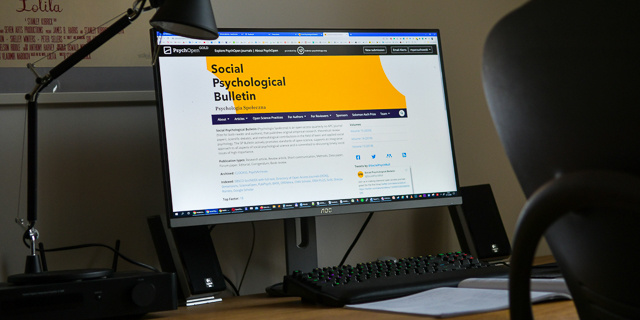Operational resilience isn't just about having a plan; it's about fostering an interconnected ecosystem within your organisation. While identifying vulnerabilities is crucial, addressing them often faces a series of hurdles – from budget constraints to the "it hasn't happened yet" mentality. A surprising and significant roadblock? The lack of communication and coordination between departments when it comes to compliance priorities. Let's unpack how this impacts your organisation and what you can do about it.
Breaking down silos: Why collaboration is key to operational resilience
Originally published by the Australian Institute of Health & Safety.
There has been a 47.5 per cent increase in primary psychological injury claims from 2019 to 2023 under Allianz Australia’s national claims portfolio.
These claims are also resulting in 29.9 per cent increase in average claims costs and 30.2 per cent increase in time loss, equating to some 655,000 days of absence in the Allianz portfolio alone, according to Brianna Cattanach, national manager for mental health at Allianz Australia.
Over the past 20 years there has been a shift in the focus of occupational or work health and safety risk management. Traditional occupational safety concerns focus primarily on physical hazards and we’re only now acknowledging the psychological and social aspects of risks in our workplaces.
Today, cyber attacks are becoming more frequent, sophisticated and damaging, so protecting your data has never been more important. Recently, there have been some high profile local cases, with Optus, Medibank and Woolworths all experiencing significant data breaches. This has prompted regulators in Australia to increase penalties for serious or repeated breaches from $2.2 million, up to a maximum of $50 million.
Today, organisations are facing a multitude of uncertainty and potential risks that are seemingly everywhere. Ongoing rapid technological advances are increasing the potential for large scale data breaches. Thankfully, a flexible and dynamic risk management approach can do much to mitigate this heightened and ever-evolving level of risk.
Subscribe
Categories
- Risk Management (23)
- Enterprise Risk Management (18)
- Health & Safety (15)
- Business Continuity (14)
- Media Release (7)
- RiskWare (7)
- Compliance (5)
- Environmental Risk (3)
- Incident Management (3)
- Events (2)
- Artificial Intelligence (1)
- Case Studies (1)
- Corporate Governance (1)
- Government (1)
- Social Movement (1)





Leave a comment